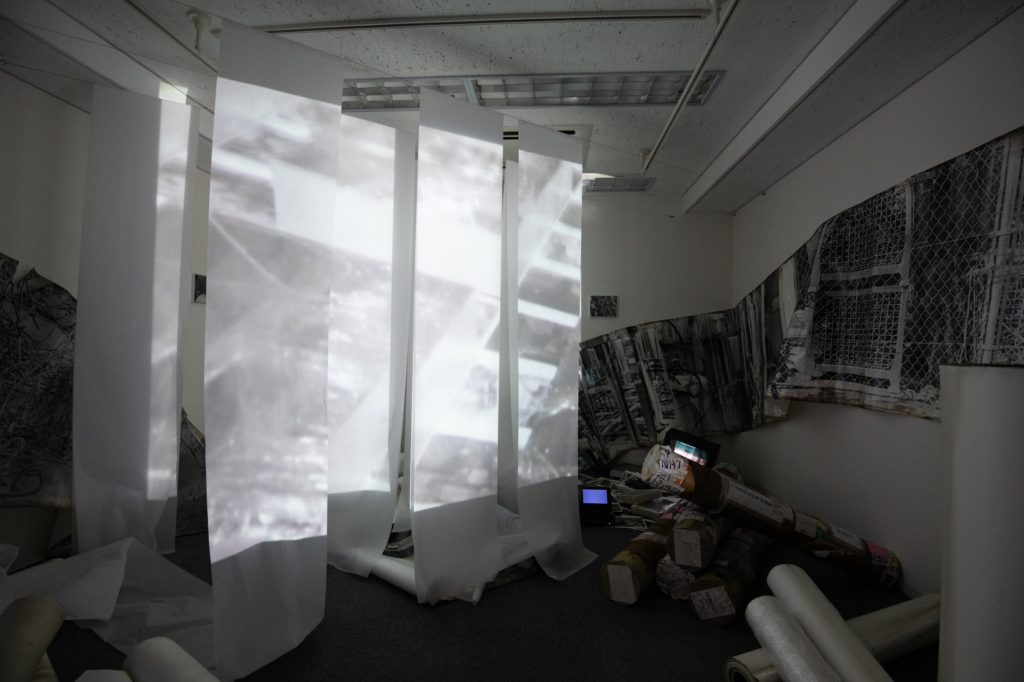
©Hiroko Komatsu, courtesy of the artist and MEM
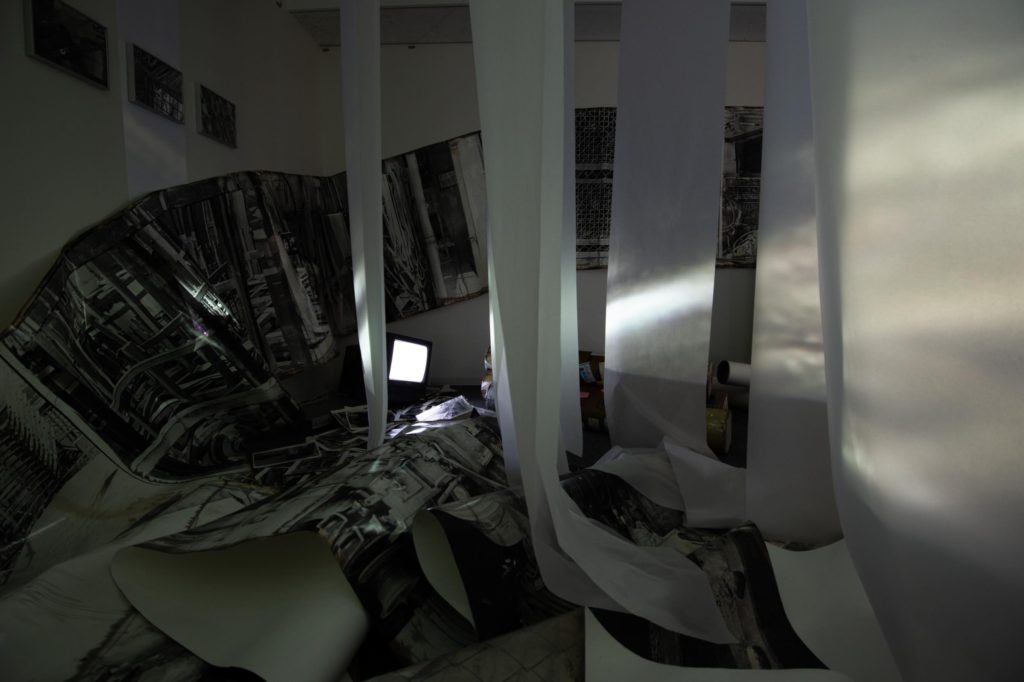
©Hiroko Komatsu, courtesy of the artist and MEM
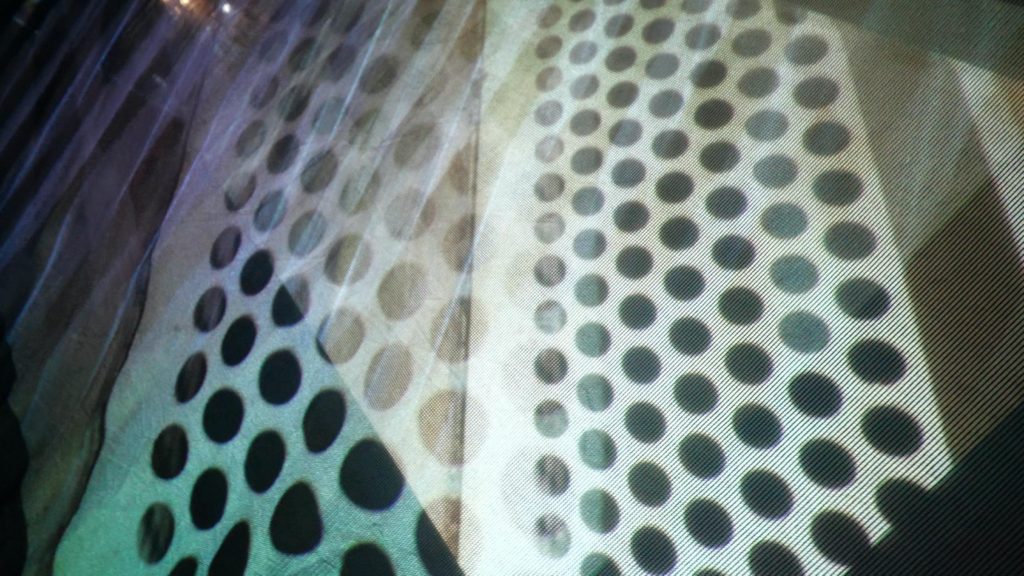
Video (HD, Color, Sound), 7’30”, 2020©Kiyoshiro Tatekawa, courtesy of the artist and MEM
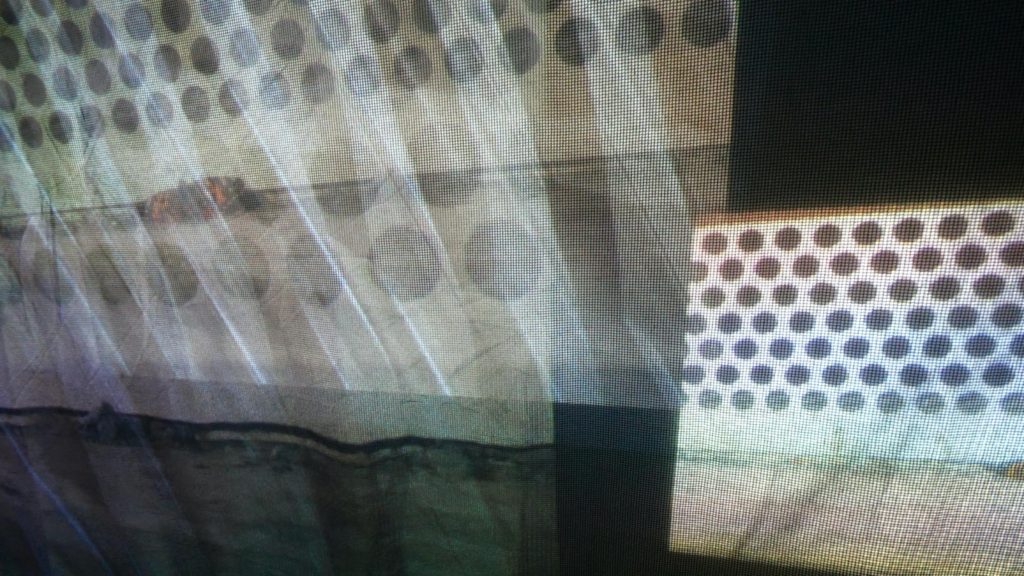
Video (HD, Color, Sound), 7’30”, 2020©Kiyoshiro Tatekawa, courtesy of the artist and MEM
Dates|February 4 – 21, 2021
Venue|MEM map
Open hours|13:00 – 19:00
Closed on Mondays
In cooperation with Canon Inc., CYBER GRAPHICS CORPORATION, Kakeru Okada
【Requests to visitors】
• Please refrain from visiting the gallery if you have a fever or cold symptoms such as cough, sneeze, and a runny nose.
• Please practice good etiquette by wearing a mask, and disinfecting your hands. Visitors who do not wear masks will kindly be refused entry.
• Up to five people are allowed to visit exhibition at any one time.
• Please keep social distance from other visitors inside the gallery.
• Please do not touch the exhibits.
Online Performance by Yoshio Ootani (Saxophonist, Composer, Critic and more)
The live performance at the exhibition is streamed on YouTube.
Hiroko Komatsu’s film works are streamed for the duration of the show. [The streaming has ended.]
Kiyoshiro Tatekawa’s film works are streamed for the duration of the show. [The streaming has ended.]
Kiyoshiro Tatekawa’s artist channel has started.
We are pleased to announce the exhibition of a collaborative video installation by Hiroko Komatsu and Kiyoshiro Tatekawa.
Throughout her career, Komatsu has consistently taken photographs of scrap materials of construction sites and industrial areas, but she is known for her installation technique that uses large quantities of photo prints that are used plentifully throughout the entirety of exhibition spaces. By calculating the size of the exhibition space, she determines the necessary size and amount of photographic printing paper and finally she produces an appropriate quantity of photographic prints. In addition, she films the installation space itself with an 8mm camera and either projects this moving image onto the floor or shows it on monitors. This technique of using still images and moving images in the same space has a unique characteristic that creates a composition with a multilayered perspective. In 2010, Komatsu operated an independent gallery for one year where she exhibited 10 consecutive new works, one every month, each for a period of two weeks.
In his screening titled, Material Zone, which he has periodically hosted, Tatekawa introduces experimental videos with other “artists who produce highly materially substantive, almost tactile, non-narrative video artwork” including Komatsu. Concurrently, once every month since July of 2020, he has hosted his own video screening showing his new works. He declared that “it is the production that follows the production of artwork that is the foundation of an artist’s existence and the cessation of production confirms his termination as an artist” and continues to present 5-6 new films every month.
Their artwork may seem to have commonalities such as the nature to set long term plans in their artistic production and their highly materially substantive non-narrative style but their innate qualities are different. For Komatsu the sheer mass of material is an important element, but at the same time the process of her representation of large quantities industrial materials through multiple forms of media such as photographic prints, videos and films has a homogenizing and abstracting dynamism. On the other hand, in Tatekawa’s art work, the camera is often left alone in settings such as zoos capturing one scene in one shot. His chief focus is on the delicate changes of a scene over a fixed period of time. Under the title, Ocular Inverse Transgression, these two will transgress upon each other’s territory and collaborate to create a common space.
-
《The Piece, from 内方浸透現象》
2019年
ゼラチン・シルバー・プリント、映像(8 ミリフィルムから変換、モノクロ、サイレント、ループ)、サイズ可変
“The Piece, from Internal Impregnation”
2019
Gelatin silver print, video(convert 8mm film to DVD, b&w, silent, loop), Dimensions variable
-
《The Piece, from 内方浸透現象》
2019年
ゼラチン・シルバー・プリント、映像(8 ミリフィルムから変換、モノクロ、サイレント、ループ)、サイズ可変
“The Piece, from Internal Impregnation”
2019
Gelatin silver print, video(convert 8mm film to DVD, b&w, silent, loop), Dimensions variable
-
《The Piece, from 内方浸透現象》
2019年
ゼラチン・シルバー・プリント、映像(8 ミリフィルムから変換、モノクロ、サイレント、ループ)、サイズ可変
“The Piece, from Internal Impregnation”
2019
Gelatin silver print, video(convert 8mm film to DVD, b&w, silent, loop), Dimensions variable
-
《The Piece, from 内方浸透現象》
2019年
ゼラチン・シルバー・プリント、映像(8 ミリフィルムから変換、モノクロ、サイレント、ループ)、サイズ可変
“The Piece, from Internal Impregnation”
2019
Gelatin silver print, video(convert 8mm film to DVD, b&w, silent, loop), Dimensions variable
-
《The Piece, from 内方浸透現象》
2019年
ゼラチン・シルバー・プリント、映像(8 ミリフィルムから変換、モノクロ、サイレント、ループ)、スタイロフォーム、プラスチックシート、サイズ可変
“The Piece, from Internal Impregnation”
2019
Gelatin silver print, video (convert 8mm film to DVD, b&w, silent, loop), Styrofoam, Plastic sheet, Dimensions variable
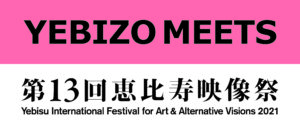
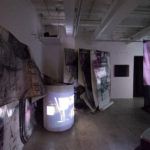
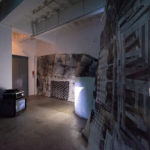
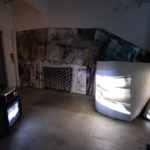
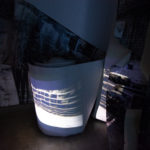
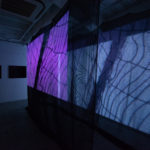
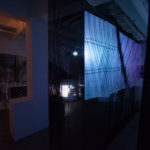
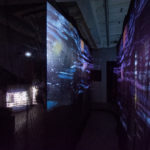
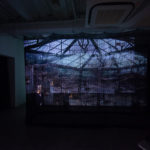
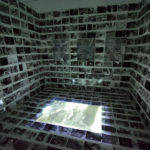
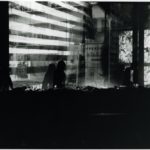 Hiroko Komats|SILENT SOUND
Hiroko Komats|SILENT SOUND